For years they warned of the dangerous flaws in Turkey’s push to build. Then the earthquake struck
From shoddy construction to a lack of oversight, Turkey’s construction market can be a Wild West. Borzou Daragahi speaks to architects and industry insiders about the calls for action that went unheeded prior to devastating earthquakes

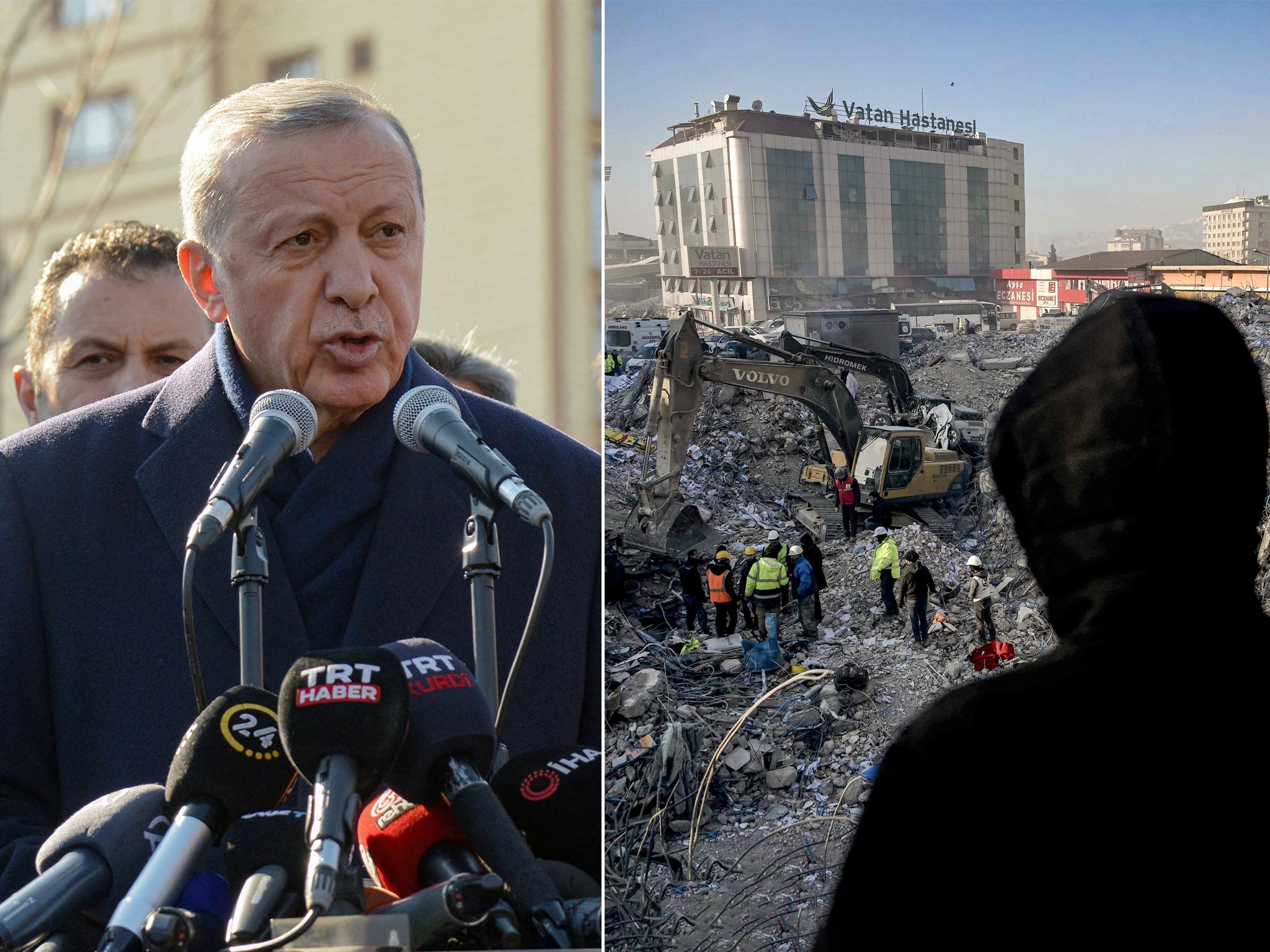
Your support helps us to tell the story
From reproductive rights to climate change to Big Tech, The Independent is on the ground when the story is developing. Whether it's investigating the financials of Elon Musk's pro-Trump PAC or producing our latest documentary, 'The A Word', which shines a light on the American women fighting for reproductive rights, we know how important it is to parse out the facts from the messaging.
At such a critical moment in US history, we need reporters on the ground. Your donation allows us to keep sending journalists to speak to both sides of the story.
The Independent is trusted by Americans across the entire political spectrum. And unlike many other quality news outlets, we choose not to lock Americans out of our reporting and analysis with paywalls. We believe quality journalism should be available to everyone, paid for by those who can afford it.
Your support makes all the difference.They knew Turkey’s day of reckoning would come. They are architects, urban planners, seismologists and building engineers. A massive earthquake will strike, they said. Their warnings about the consequences of lax building-code enforcement, haphazard urban planning, and shoddy construction standards that would come back to haunt Turkey.
One of the country’s top urban planners, the late Murat Balamir, even named his 2019 book, The Cassandra Fate of the Planner, after the ancient Greek myth of a young woman gifted with the ability to see the future but cursed to have her warnings ignored.
“It’s not vindication; it’s not like ‘We told you so and you didn’t listen,’” says Akif Burak Atlar, a leading board member of the Turkish Chamber of Urban Planners. “There is no gloating. There is anger, and a deep sadness that I can’t even talk about.”
Turkey is now digging out from a massive pair of earthquakes that left more than 38,000 people dead in Turkey and killed at least 6,000 across the border in northern Syria. The disaster has plunged the country into a state of profound grief. Turkey is one of the most seismically active countries in the world, and suffered a similarly high death toll in an earthquake just 24 years ago.
After that earthquake, with its epicentre near the northwestern city of Izmit, building codes were upgraded, standards were elevated, and mandatory insurance policies were enacted. The gecekondu, homes built almost overnight on the outskirts of big cities, were ordered to be upgraded or cleared.
Recep Tayyip Erdogan, who is now Turkey’s president but at the time was an impassioned reformer (and the former mayor of Istanbul), became a vocal critic of the government’s handling of the earthquake. He and his Justice and Development Party (AKP) rode a wave of popular anger and discontent, about the disaster and the economy, to win victory in 2002.
But despite a commitment to make Turkey more earthquake-proof, insiders say a privileged class of developers, long a mainstay of Turkey’s elite, became even more politically powerful after 1999. The pursuit of maximum profits ultimately appeared to trump public safety concerns.
“Let’s say a five-storey building costs you $500,000 (£415,000) to build and you want to sell it for $1 million,” says one industry insider. “But what if you have a chance to build it with $300,000, use cheaper materials, and pay fees of $30,000 to get approval? It can be with a bribe. Or it can be with good relations, so that they just let you do what you want. Issues can be solved with a meeting over tea.”
Developers were able to purchase amnesties that officially brought the building into compliance with code, whether or not it really was. “Illegal buildings became legal,” says Atlar. “The buildings were not inspected. But if you pay, it’s OK.”
Architects drew up plans that included ambitious earthquake-proofing specifications. But that did not mean that the right materials were used in practice; it is cheaper, of course, to use concrete with insufficient steel reinforcements, or substandard material.
Engineers were shocked that even well-built apartment blocks would then be given ad-hoc add-ons or modifications that maximised profit, adding one, two or three floors on to rooftops, or putting extra elevator shafts into older buildings. More apartments were sold. But at what cost to safety?
The Independent is appealing for help in raising urgently needed funds following the deadliest earthquake to hit Turkey and Syria in almost a century
One common practice that is galling to architects is the renting out of ground floors to retailers and shops, who may get rid of key load-bearing structures such as columns, lintels and walls in order to create more commercial area. But doing so makes buildings far more unstable and potentially too weak to bear weight in a seismic event. Buildings become like trees that have been axed at their base, just waiting for a push to fall over.
“It’s as if you’ve put ‘explosives’ in structural elements of a building’s ground floor, which is waiting to be ignited by a quake,” says Korkut Ozgenler, CEO of 3XKO, an international architecture firm.
He describes the frustration and despair that he and other architects felt as they absorbed the scale of the recent disaster.
“Architects and engineers design buildings for the clients, stakeholders and users, with all the right building codes, laws and standards, along with special quake-resistant structural and mechanical engineering specifications,” he says. “Then, right there on the ground floor, a supermarket goes in, and they cut down pillars and columns just to enlarge the space. This practice caused a lot of suffering.
“[I believe] the death toll could have been lowered by simply following certain rules of building laws and construction rules along with urban planning principles,” he adds.
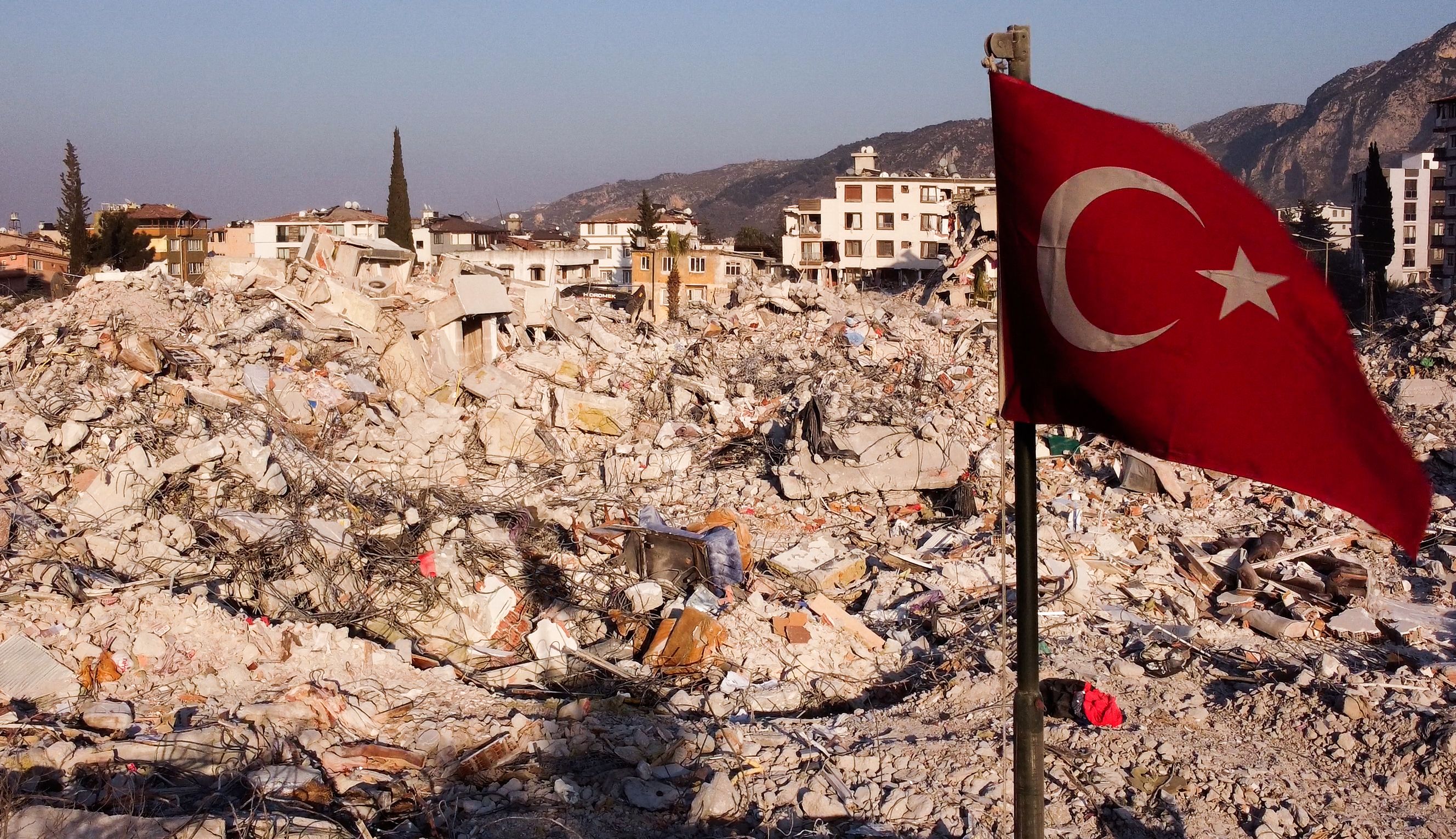
Architects and planners have repeatedly warned against such abuses and shortcuts. But rapid and unrestrained growth has long been the mantra of Erdogan’s rule. The president has slashed interest rates, exacerbating inflation but spurring more and more building.
Turkey’s 2013 and 2014 Gezi Park protest movement was rooted – at least in part – in concern over what many Turks saw as the unconstrained power of developers, who were rapidly transforming cities and neighbourhoods. In 2016, Turkish authorities arrested 15 members of the country’s Chamber of Architects, with their criticism of the country’s urban policies believed to have been a factor in their detention.
When the government introduced a fresh amnesty law in 2018 in relation to illegal construction that brought in billions in revenue for the state, architects and urban planners warned that it would turn Turkish cities into “graveyards” while benefiting developers.
“People will pay for this with their lives,” Esin Koymen, head of the architects’ association, is reported to have said at the time.
Now, Turkish authorities have issued more than 200 arrest warrants relating to buildings that collapsed. Authorities at Istanbul airport have detained two contractors trying to leave the country during the past week.
For decades, Turkey’s developers have dominated the country, being described by some as a class unto themselves. Erdogan has had plenty of use for them: the real-estate and transportation projects completed during his 20-year period in office are among his and his supporters’ biggest political talking points. Erdogan appears to relish in identifying with developers. In 2019, while campaigning for local allies ahead of the municipal elections, he visited what is now the earthquake zone and boasted about how many building-code amnesties the government had handed to residences.
Then there is the sheer number of Turkish property developers. While there are about 5,000 property development firms in Germany, and perhaps 50,000 in the US, Turkey may have up to 300,000, according to one industry insider.
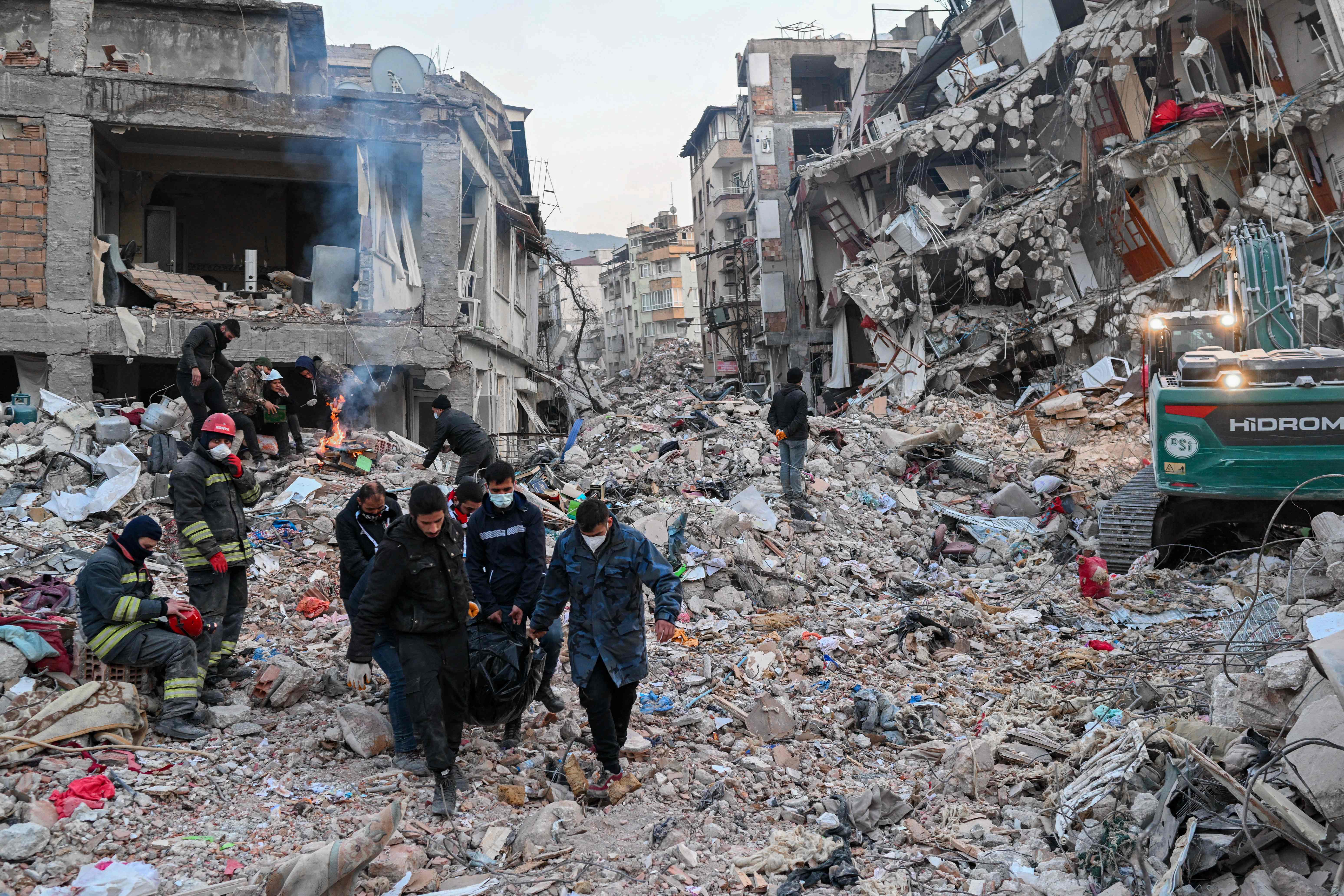
Real-estate industry insiders note that throughout the earthquake zone, some buildings collapsed, while others across the street were not even cracked. “It’s obvious some developers followed regulations and some didn’t,” says one estate agent.
The upshot is a race to the bottom. Less scrupulous builders are able to bid lower on projects, and earn higher yields, leaving their rivals subject to the temptation to cut corners too. One developer, who describes his projects as always complying with the rules, says he hopes his less ethical colleagues will pay a price – even criminal prosecution. “Why am I following the regulations while no one else is?” he says.
But developers are not solely to blame. Geophysicist Savas Karabulut and his team from Gebze Technical University rushed down to the earthquake zone this week to assess the damage. They found buildings such as shopping centres built on improper, weakly fortified foundations, and towers on soft soil that amplifies the impact of earthquakes. No inspector should have allowed such buildings to be constructed.
“Many buildings in the villages were not subject to engineering inspections, and people living in this area just built them on their own,” says Karabalut. “The problem is that the central government privatised the inspection process.”
Insiders note that the developers are merely part of an entire system of power. Take the developers to court and they will claim that they used raw materials from reputable wholesalers, and that they have the receipts to prove it. Sue the wholesalers and they will say that their concrete and girders have all the necessary signatures from the proper authorities. Sue the ministry of housing, and they will say they have their paperwork in order, and are only following directives from the presidency. Everyone has dotted their i’s and crossed their t’s.
“I speak to developers all the time, and they say they are not scared,” says one Turkish real-estate industry insider. “Yes, they committed crimes... But if it goes to trial, the responsibility really goes all the way to the top.”
***
Earthquakes don’t kill people, goes the saying. Buildings do. But the 6 February earthquakes that struck southern Turkey and northern Syria were so extraordinarily powerful they would have been deadly and historic regardless of building construction. The 7.8 and 7.5 magnitude quakes, at very shallow depths, as well as the more than 2,000 aftershocks, would have wrought havoc anywhere.
Civil engineers who watched videos of the prolonged and powerful quakes shook their heads, and understood that few if any structures could have withstood the impact. Several historical buildings and ancient citadels that had withstood many earthquakes collapsed in the latest disaster.
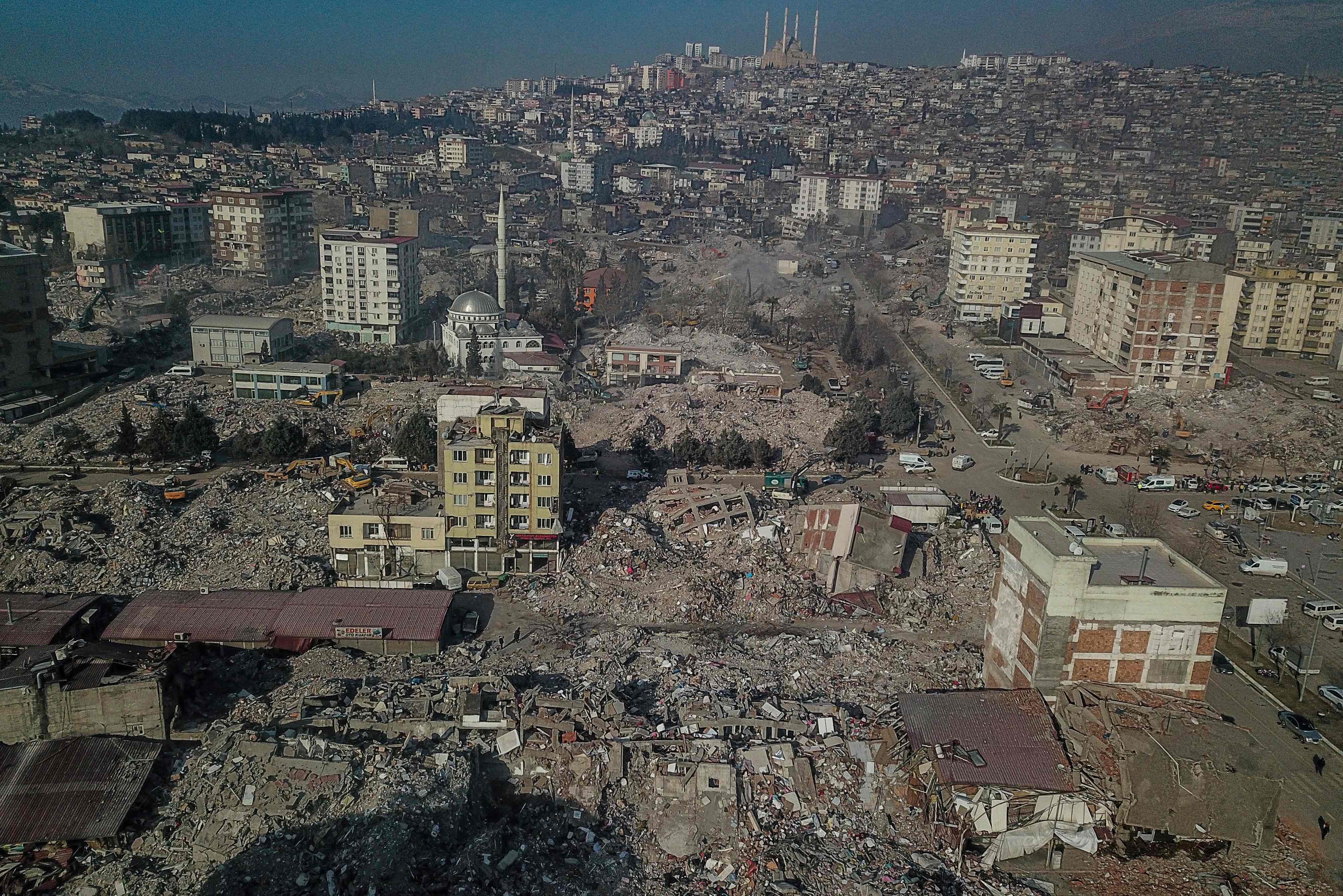
Adding to the devastation was the timing of the first and biggest impact – at 4am – as was the location of the epicentre in a relatively densely populated region that has been a bastion of civilisation for millenia.
Earthquakes have long been a part of the region’s history. Scholars count at least 25 major earthquakes having struck the southeastern part of Turkey near historic Antioch over the last 2,000 years. That is an average of about one devastating seismic event in every lifetime. The modern city of Antakya, in Hatay province, which was struck hard by the latest earthquakes, was named after the ancient city.
“This is a seismic area, and the seismicity is inscribed into the geography, geology and history,” says Heghnar Watenpaugh, a professor of Ottoman history at the University of California, Davis. “The crevices and breaks in the land are there. You can see them.”
Critics have long demanded that Turkey be better prepared for earthquakes, and many have been calling for planning and even social mobilisation that takes into account the country’s unique seismic fragility. In fact, Erdogan himself repeatedly called for the expansion and strengthening of disaster response capabilities, and reorganised all such efforts under the authority of the Ankara government in 2009.
But poor urban planning may have hampered those efforts. Turkey allowed cities to expand without improving infrastructure – including disaster management and evacuation facilities.
“You have a neighbourhood of 3,000 people living in five-floor houses,” says Atlar. “You renew it with eight-floor houses. Your population becomes 5,000. But if you raise the population, you need to support social life. You need more schools, roads, parking, parks, sidewalks, and healthcare. But they don’t make more. And that’s the main problem of Turkish cities.”
The billions collected from amnesties and from the mandatory annual earthquake insurance fees from property owners were meant to make Turkey more resilient after the 1999 quake. But many noted that the country seemed as poorly prepared for the recent disaster as it was for the event 24 years ago. “They said they will use the money for stronger cities,” says Atlar. ”Where has the money gone?”
Urban planners, for example, said that up to 80 per cent of the sites allocated by the government for urban evacuation in some cities had already been handed over to developers. “Forget being prepared, we don’t even have assembly areas, which is the simplest thing to do,” Karabulut, the geophysicist, warned in 2019.
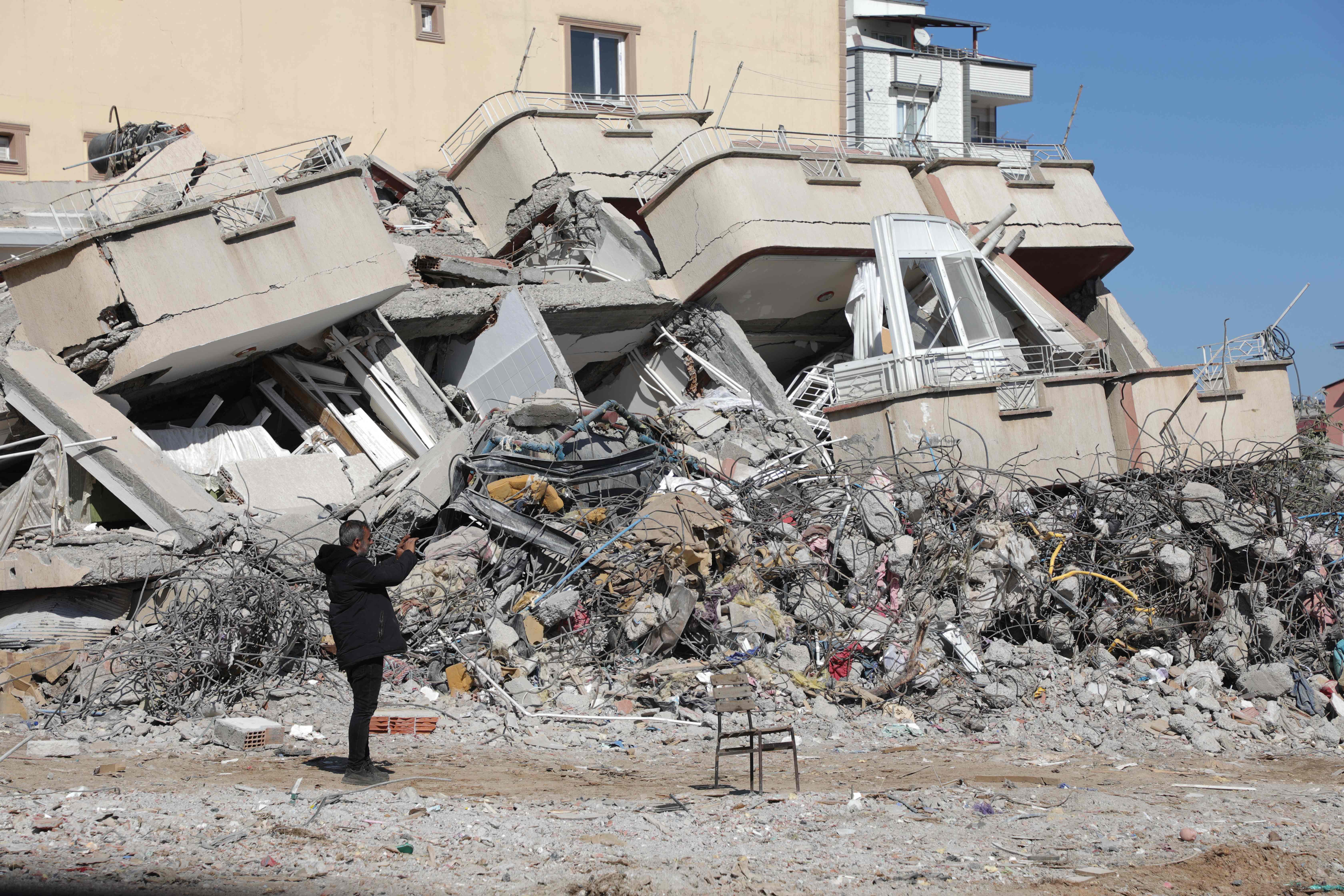
Erdogan has bristled at the notion that Turkey was not as prepared as possible for earthquakes. Following a 2020 earthquake that struck near the eastern city of Elazig, he hit back at critics, defending his government’s record.
“Do not listen to rumours,” he said during the funeral for two of the 41 people killed in the quake. “Do not listen to anyone’s negative, contrary propaganda, and know that we are your servants.”
While acknowledging mistakes in the handling of the 6 February quakes, he has also insisted that their magnitude, location and timing would have challenged any government. But rescue workers themselves said the problem was not capacity but competence and even will. One volunteer from Istanbul said her team of trained rescuers had struggled to get accreditation to join the effort. The government relief agency appeared to favour charities and rescue groups with whom Erdogan shares a political affinity, rather than those that arrived first and were ready to help.
“Everyone knew what they had to do,” said the volunteer. “They knew an earthquake was coming. They were trained. The personnel are good. It’s not a lack of capacity but a lack of coordination or even will. We flew from Istanbul and it took us 24 hours to get there. And even longer to get a permit to help. And it was a crime.”
For Turkey, an even worse disaster may yet come. Istanbul, an earthquake-prone city of 16 million that is also Europe’s largest metropolis, is also due a major earthquake. Its mayor, the leading opposition figure Ekrem Imamoglu, said on Wednesday that at least 90,000 of the city’s 1.6 million structures are in poor shape. Other scholars say that some 75 percent of buildings in the city would be imperilled by an earthquake.
“Buildings are damaged, are in the wrong places, and will collapse,” Imamoglu said in a TV appearance. “I wish that I could tell Istanbul citizens, ‘Rest, and sleep in your houses in peace.’”
Subscribe to Independent Premium to bookmark this article
Want to bookmark your favourite articles and stories to read or reference later? Start your Independent Premium subscription today.
Join our commenting forum
Join thought-provoking conversations, follow other Independent readers and see their replies
Comments